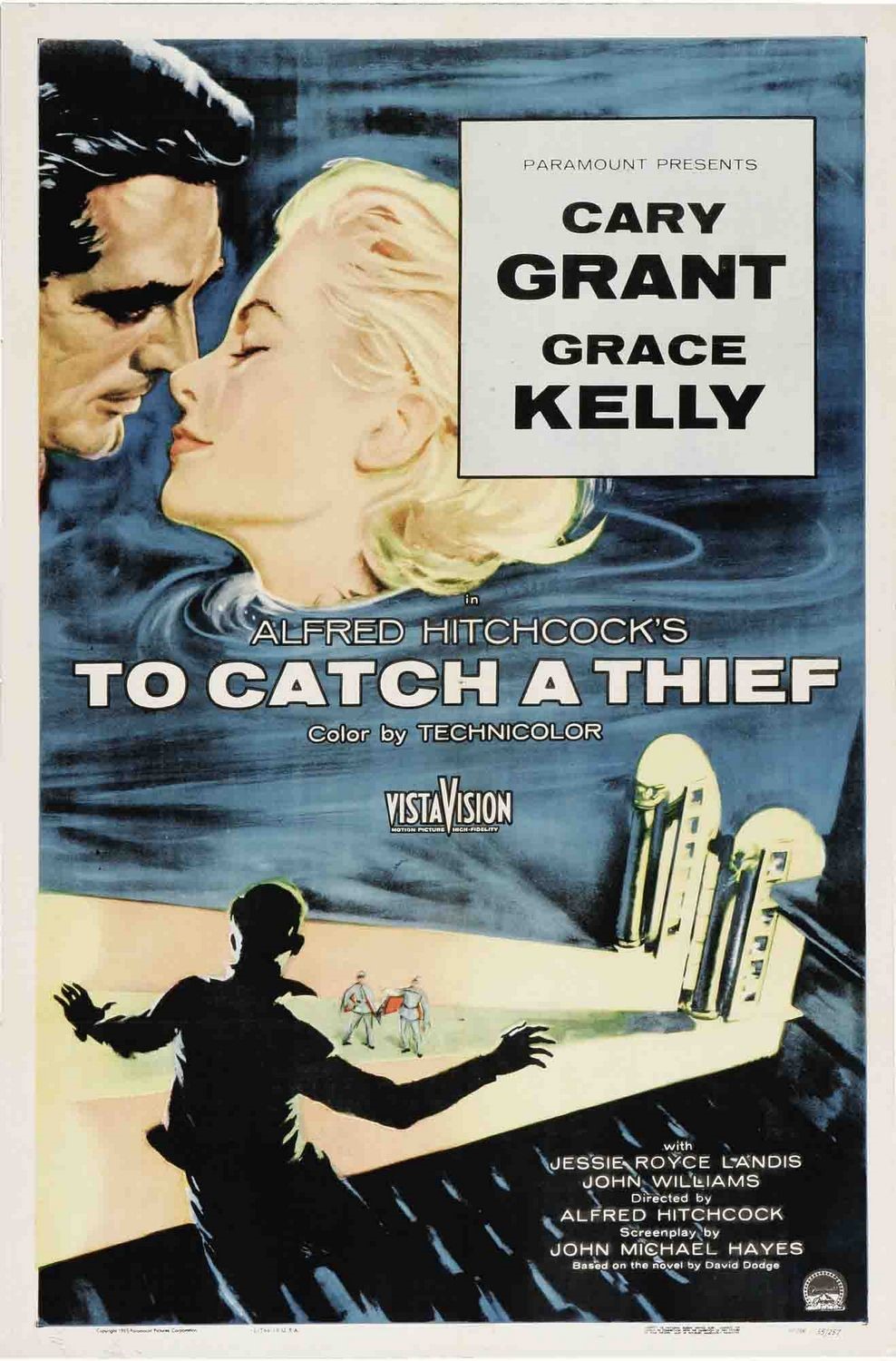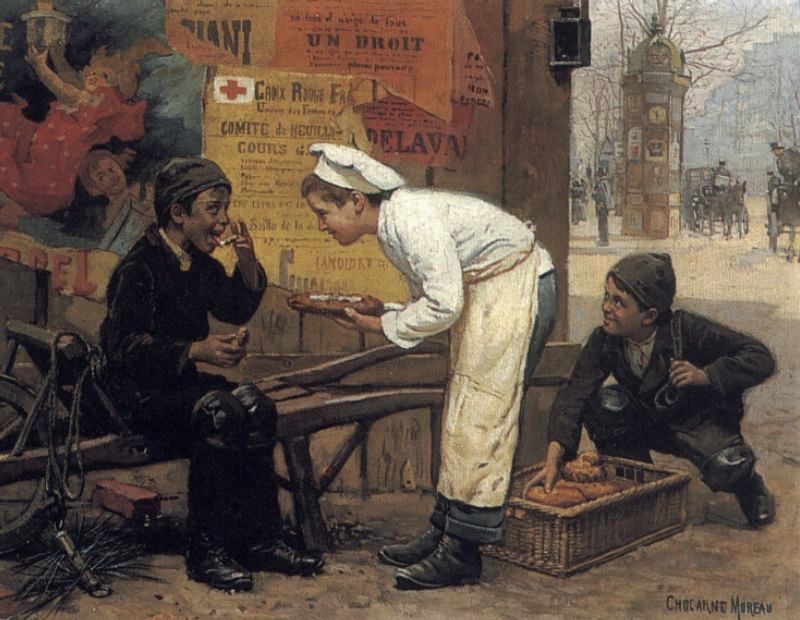
What is plagiarism?
If you use ideas or words written by other people and present them as your own without crediting the original, that is plagiarism.
Why should students care about plagiarism?
There are serious penalties for students who plagiarize other people’s work- see your faculty policies on plagiarism – so it is a dangerous practice. Also, since you are at TU to learn to express your own views, if you express someone else’s views without taking the time and trouble to form your own opinions, you are cheating yourself out of a university education and paying for the privilege.
You must give credit when you use:
- someone else’s ideas or opinions
- any information that is not common knowledge
- quotes, or even paraphrases, from what someone else said or wrote.
Watch out for these problems:
Whether you are using graphs, statistics, illustrations, or text – published or not – it is essential to say where you got them from. If you find something on the internet, you must likewise say from what website it was found and give the date that you downloaded the information. It is plagiarism if you:
- Quote word-for-word without giving a source. You must always use quotation marks and make it clear which part of the paper is your own work and which is based on other people’s work.
- Paraphrase. If you change a word here and there in a text or slightly alter it before presenting it as your own, this is still plagiarism because you must state where you got the ideas and facts from. It is not enough to give a general reference to the original source. You must directly quote from that source to indicate where the material originated from.
- Use things directly from the internet, because lots of material online (especially in such sources as Wikipedia) is wrong, and also material plagiarized from online sources is the easiest to detect!
- Use a fellow student’s work. Unless you are specifically assigned a group project, your own work is meant to be by you alone, not by you and your friend. You should not use a friend’s work and present it as your own.
- Outsource. In Thailand, the business practice of outsourcing results in lots of bad work for which no one is ever responsible. Academic outsourcing means paying someone to write or rewrite your paper with the idea that your ajarn will like it better if you do so. This is wrong on many levels, because the outsourced papers are low quality and you are at TU to learn. If you pay other people to present their learning as your own, you are wasting your time at TU and deceiving yourself first and foremost. It is better to discuss with your ajarn the possibility of handing in work late rather than paying someone else to do it for you on time.
- Steal from your own past work. Even if you wrote a paper about a similar subject in previous years, do not submit work which you did in past terms as part of course requirements now, unless this has been authorized by your ajarn.

Here are some examples of plagiarism:
Study these examples carefully, as some might not appear to be plagiarism. For example when you mention an author or book where you got material but do not specify exactly what you took from the text in question. That is still considered plagiarism, so it is best to be as specific and careful as possible when writing academic work to avoid any problem.
Plagiarism:
If you slightly change a text which you found somewhere but do not mention where you got it, you are trying to present someone else’s work as your own. That is dishonest.
Original source:
When Ravel enlisted in the army during World War I, he described his mother as a “monster” who wanted to hold onto her sons and not let them enlist to fight for their country. But, he added, she was a “monster” he loved. In spite of, or perhaps because of, her blasphemies and obscure past, Ravel was a confirmed mama’s boy. (1)
1.Benjamin Ivry, Maurice Ravel: a Life (New York: Welcome Rain, 2000), p. 7.
Plagiarism:
Ravel hurried to enlist in the army during World War I. At the time, he called his mother a “monster” who wanted to hold onto her sons and not let them enlist to fight for their country. But, he added, he loved her anyway even if she was a “monster.” In spite of, or perhaps because of, her blasphemies and obscure past, Ravel was devoted to his mother.
Correct usage:
Ivry writes, “When Ravel enlisted in the army during World War I, he described his mother as a ‘monster’ who wanted to hold onto her sons and not let them enlist to fight for their country. But, he added, she was a ‘monster’ he loved. In spite of, or perhaps because of, her blasphemies and obscure past, Ravel was a confirmed mama’s boy.”1
1. Benjamin Ivry, Maurice Ravel: a Life (New York: Welcome Rain, 2000), p. 7.
Plagiarism even when you do mention the original book you used:
If you reproduce words, ideas, or texts from someone else, it is essential to quote them directly when saying where you got the information from. It is not enough to say what book you read, and then lift passages from it without proper attribution. This too is plagiarism:
Original text:
When Ravel enlisted in the army during World War I, he described his mother as a “monster” who wanted to hold onto her sons and not let them enlist to fight for their country. But, he added, she was a “monster” he loved. In spite of, or perhaps because of, her blasphemies and obscure past, Ravel was a confirmed mama’s boy.1
1. Benjamin Ivry, Maurice Ravel: a Life (New York: Welcome Rain, 2000), p. 7.
Plagiarism:
As Ivry correctly states, when Ravel enlisted in the army during World War I, he described his mother as a “monster” who wanted to hold onto her sons and not let them enlist to fight for their country. But, he added, she was a “monster” he loved. Ivry adds that in spite of, or perhaps because of, her blasphemies and obscure past, Ravel was a confirmed mama’s boy.
The above example would require quotation marks to be acceptable.
Correct use of quotation marks:
Ivry states: “When Ravel enlisted in the army during World War I, he described his mother as a ‘monster’ who wanted to hold onto her sons and not let them enlist to fight for their country. But, he added, she was a ‘monster’ he loved. In spite of, or perhaps because of, her blasphemies and obscure past, Ravel was a confirmed mama’s boy.”1
1. Benjamin Ivry, Maurice Ravel: a Life (New York: Welcome Rain, 2000), p. 7.

The Dangers of Paraphrasing
If you take a quote and just change a few words and present it as your own, that is also plagiarism. For example:
Original text:
When Ravel enlisted in the army during World War I, he described his mother as a “monster” who wanted to hold onto her sons and not let them enlist to fight for their country. But, he added, she was a “monster” he loved. In spite of, or perhaps because of, her blasphemies and obscure past, Ravel was a confirmed mama’s boy.1
1. Benjamin Ivry, Maurice Ravel: a Life (New York: Welcome Rain, 2000), p. 7.
Unacceptable Paraphrasing:
When Ravel joined the army during World War I, he said his mother was a monster who wanted to hold onto her sons and not let them fight for their country. But even so, she was a monster he loved. Regardless, Ravel was a confirmed mama’s boy.
Acceptable Paraphrasing:
Despite his lasting attachment to his mother which has led one author to term him a “confirmed mama’s boy,” (see Ivry, Maurice Ravel: a Life, pp. 7 ff) Ravel nevertheless sought to fight in the First World War and did so, risking his life on numerous occasions.
The above paraphrasing is okay because the source of information is clearly indicated, and words are not used from the original and presented as the student’s own creation.

Ways to Avoid Plagiarism
- Be sure to put quotation marks around everything that you take from any source whatsoever.
- If you paraphrase, really say something in your own way. Do not just change a few words and leave the original sentences mostly unchanged. The best way is to put aside the original text and try to express the ideas or facts in it in your own words, in your own way. That way it is less likely that you will reproduce entire sentences with just an occasional change.
- Always compare what you have written with the original source to make sure it is not even remotely plagiarized, and if you are in doubt, ask your ajarn.
- Always document every statement that is not common knowledge. Common knowledge is a basic fact assumed to be known to everyone, such as that there was a flood in Thailand in October 2011. You do not need to add a footnote to state the source for the information that there was a flood in Thailand at that time. Yet if you wish to describe the effects of the flood, or analyze its causes, or how it might have been prevented, then footnotes are required. Footnotes are also polite, since they show where you got information. You are courteously indicating to readers where they can find the same information when they do their own research.

For more information, check your faculty policies and when in doubt, always ask your ajarn.
Read more about student plagiarism in the Bangkok Post here.
(all images are courtesy of Wikimedia Commons)
